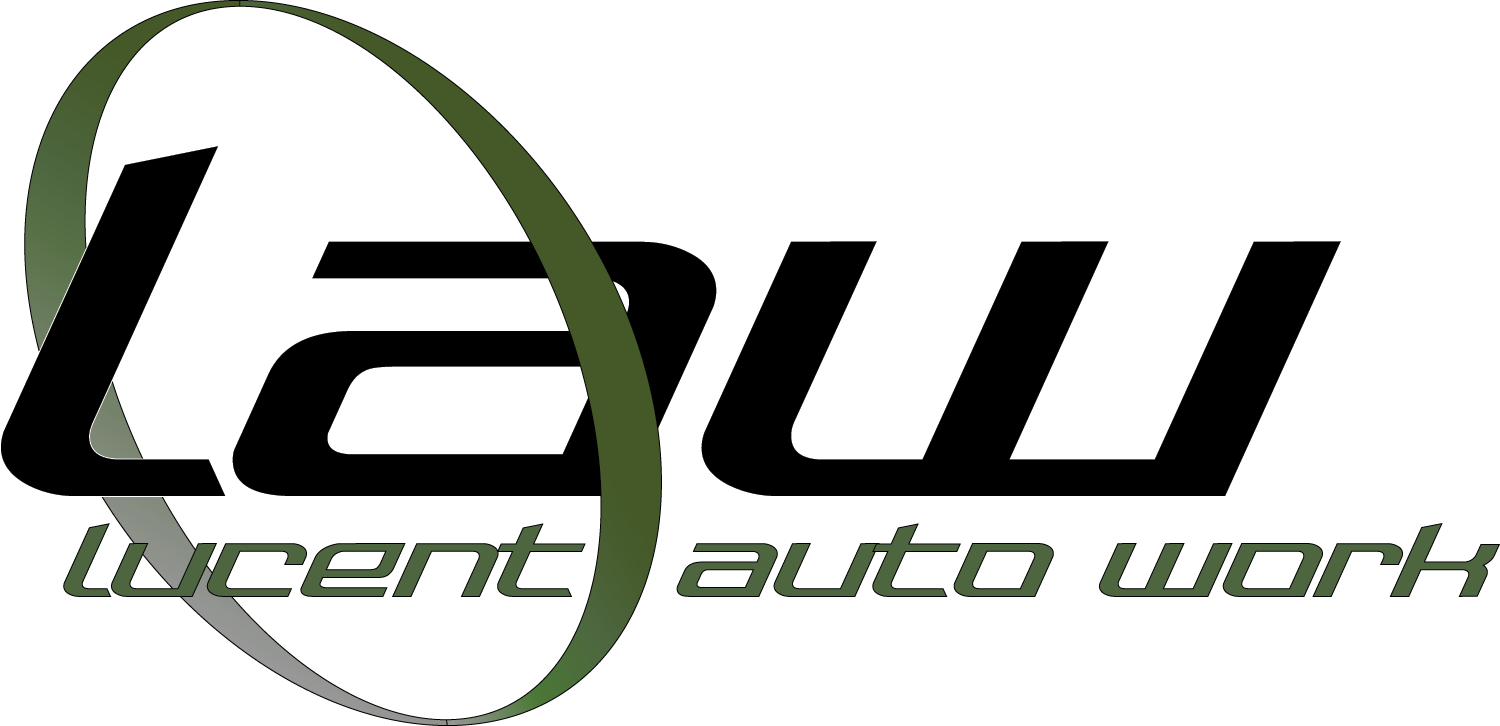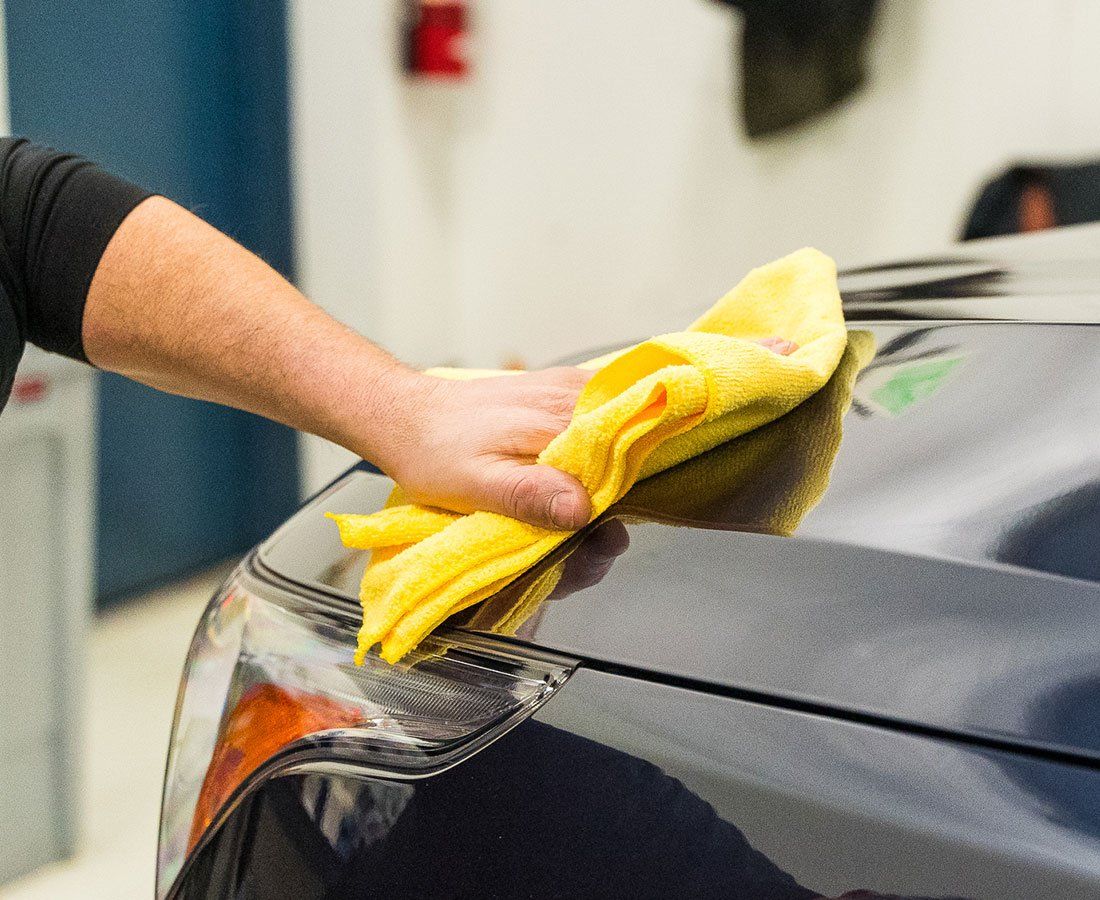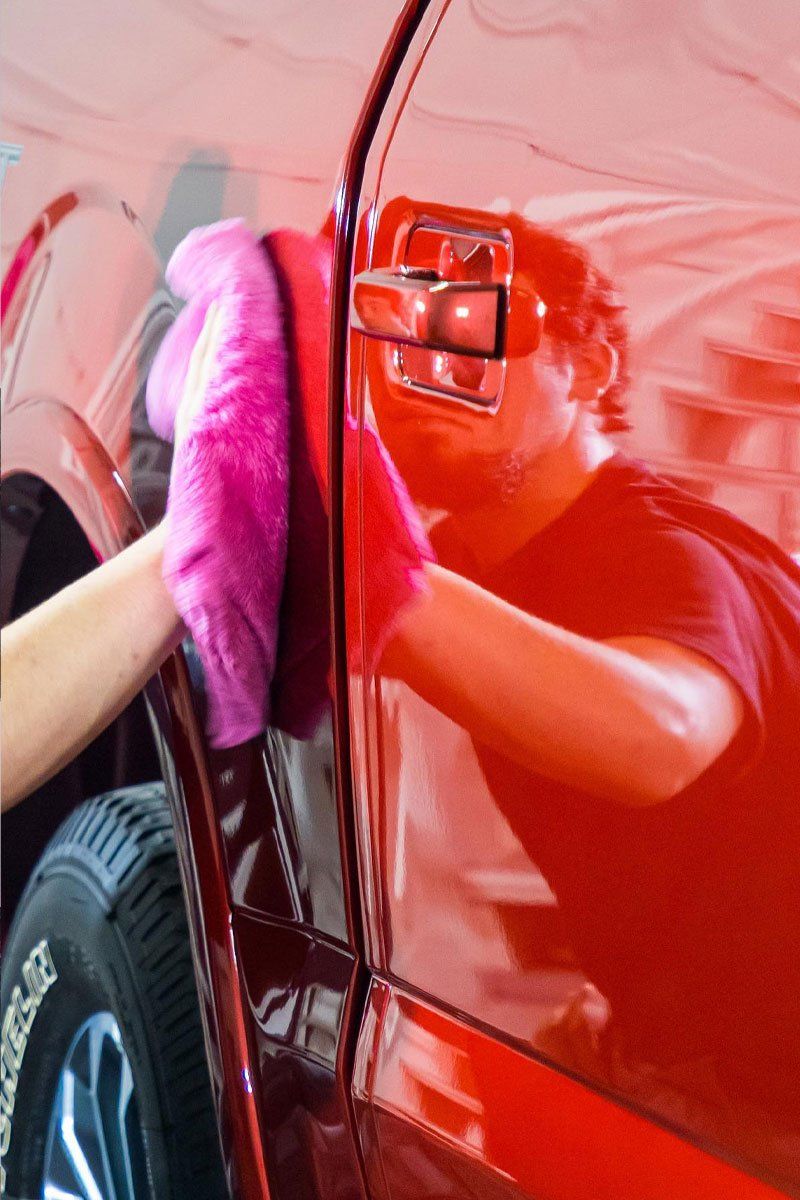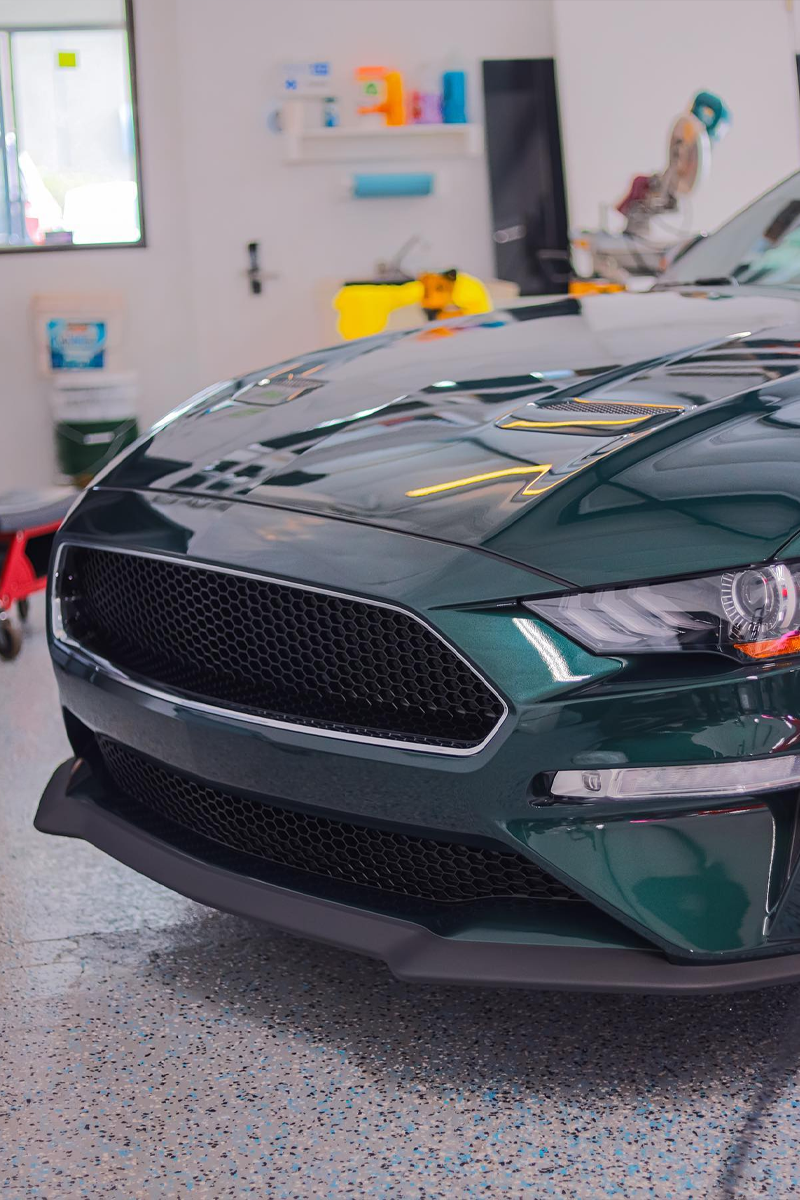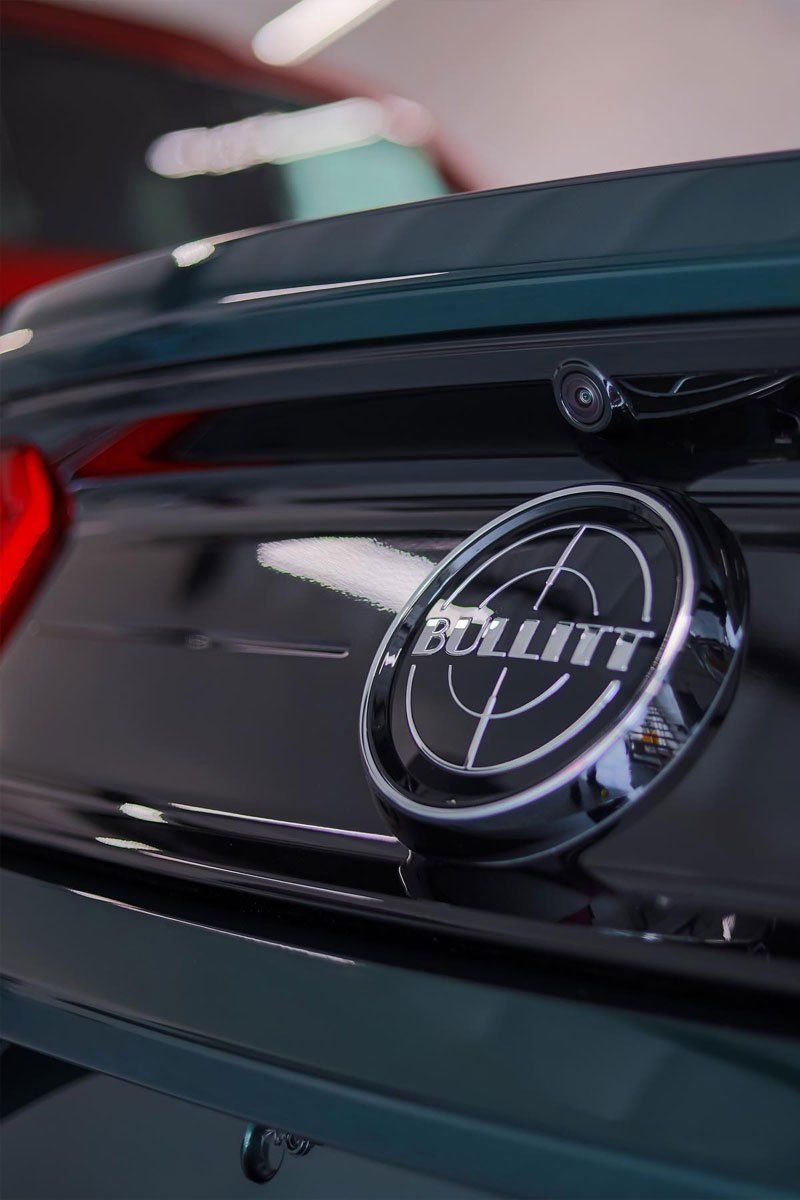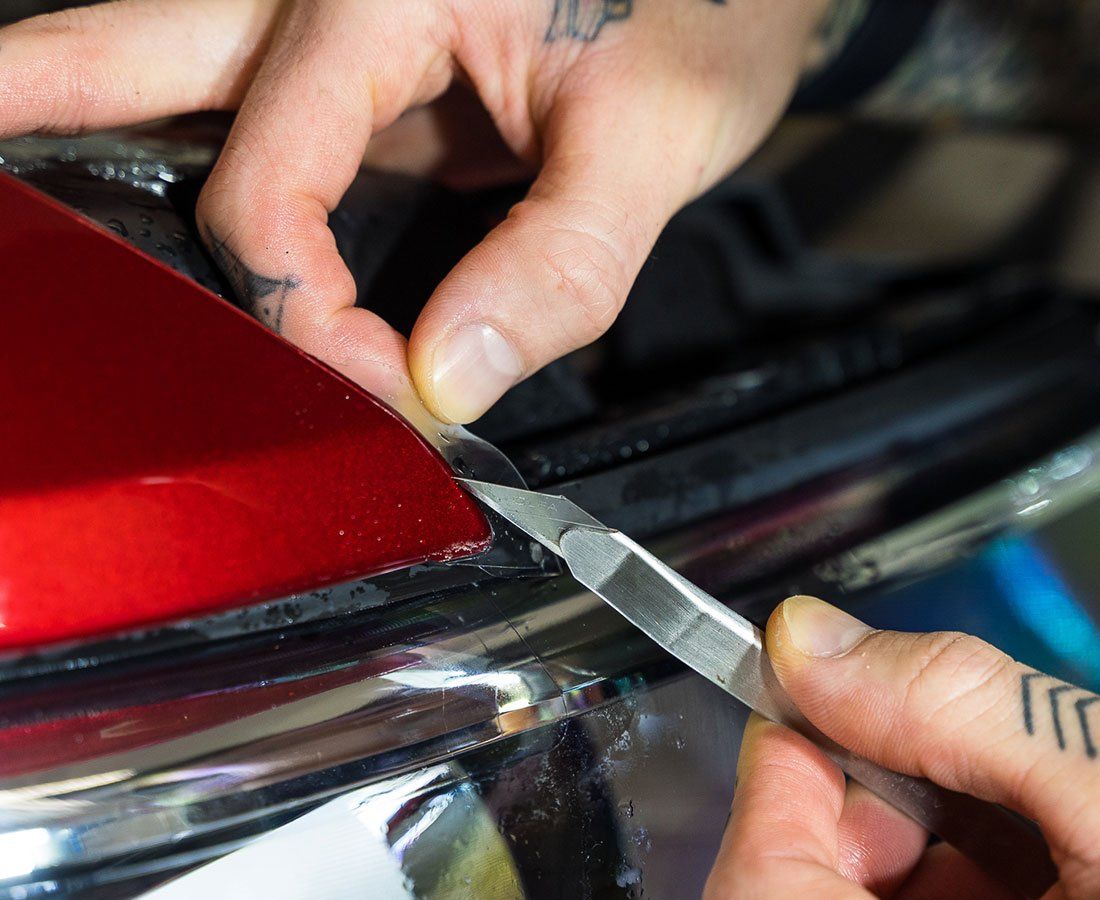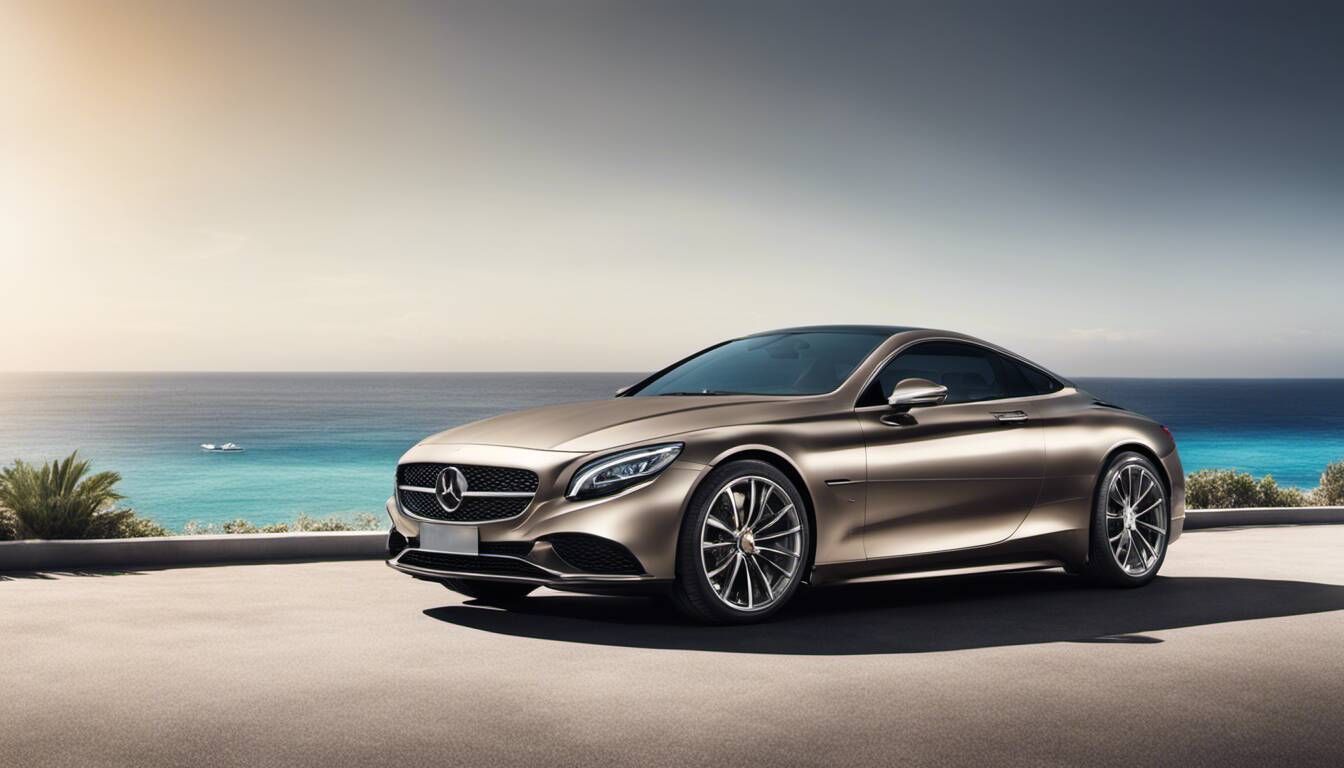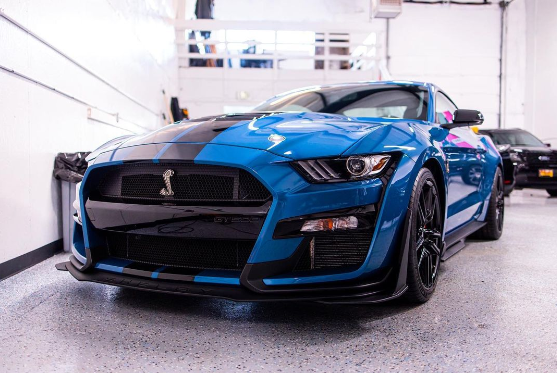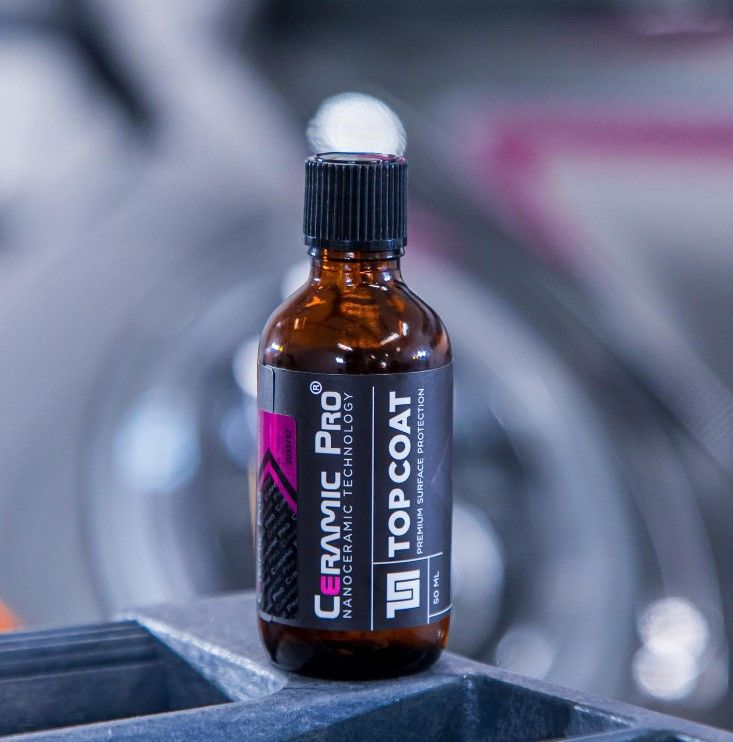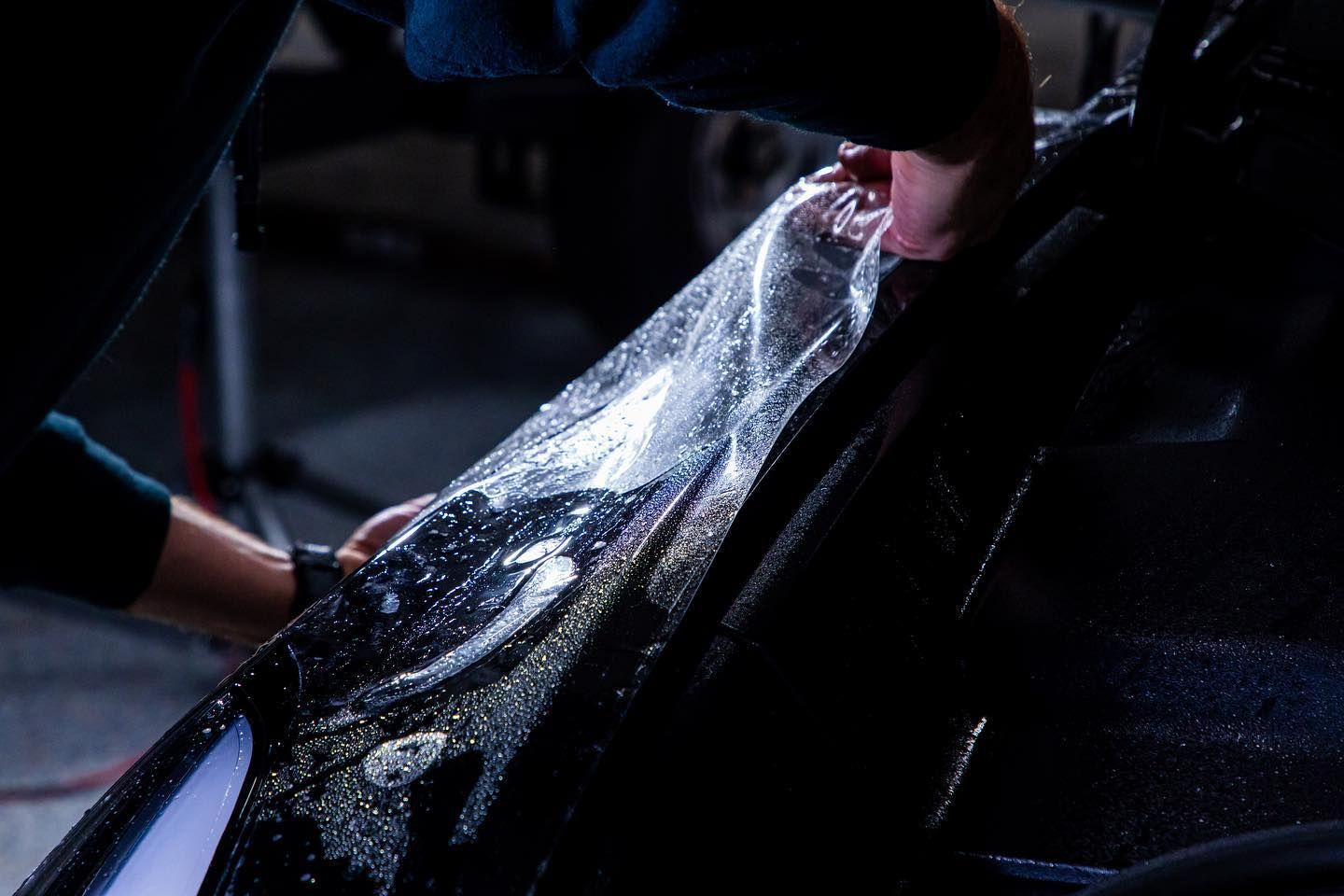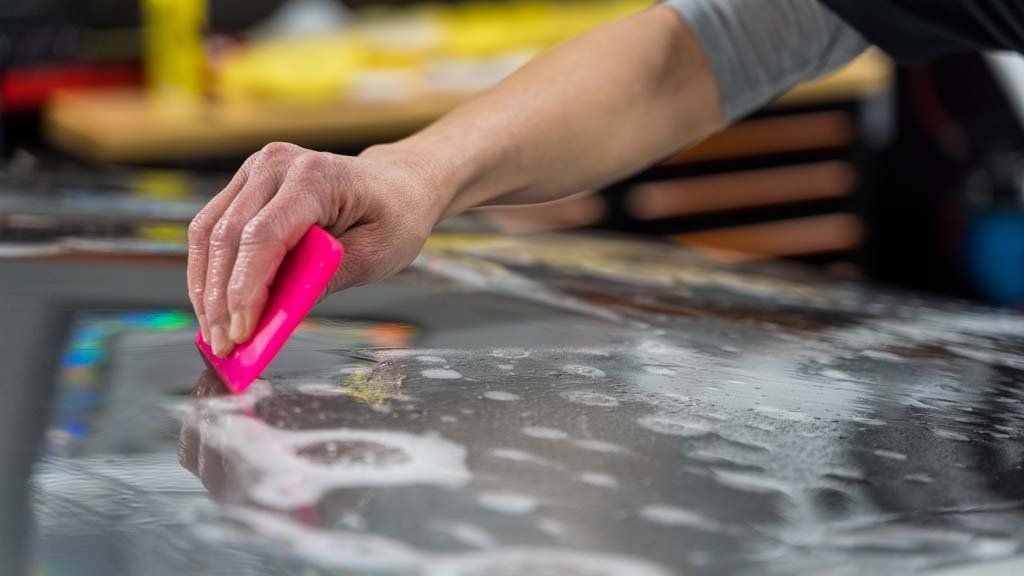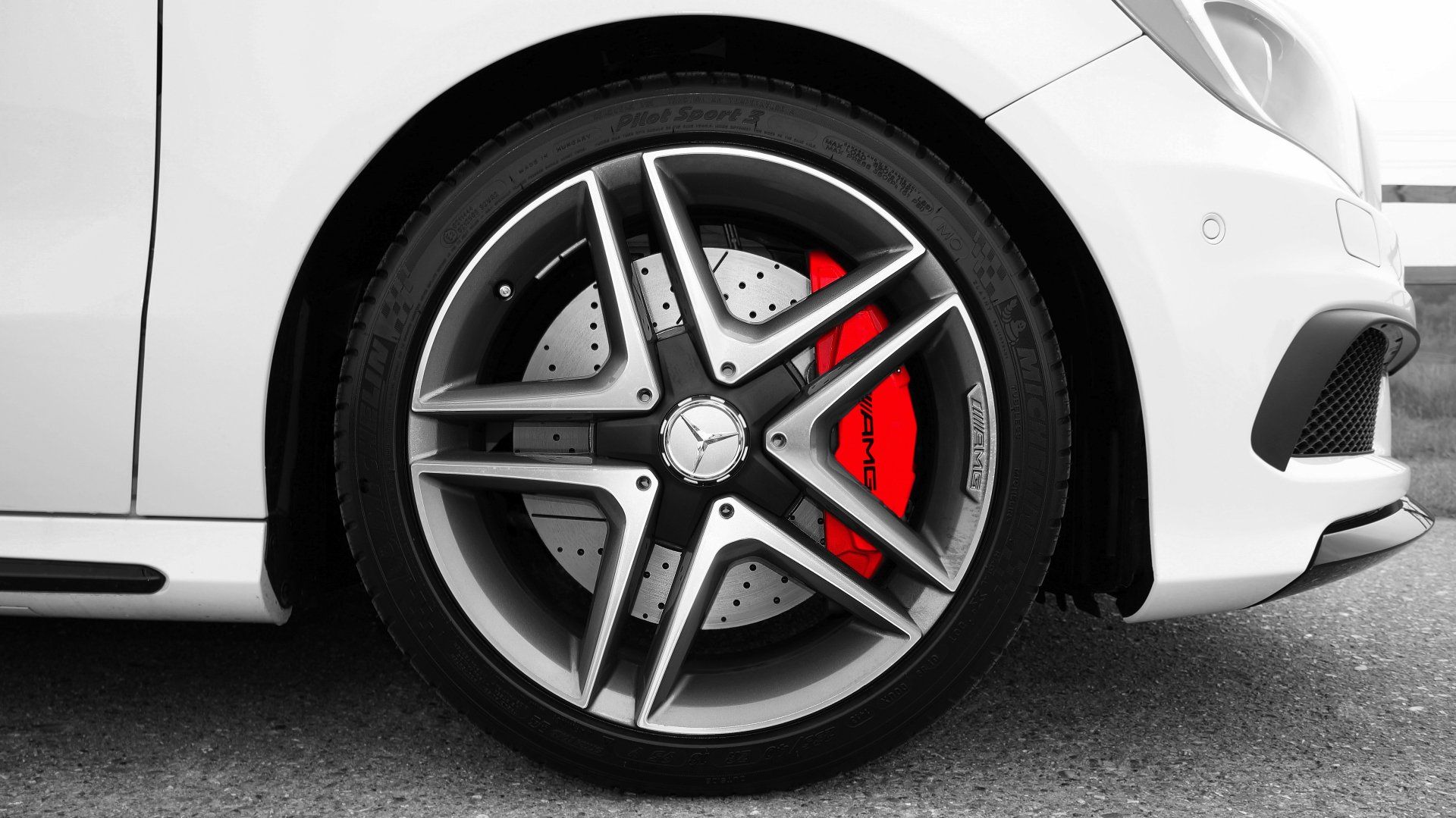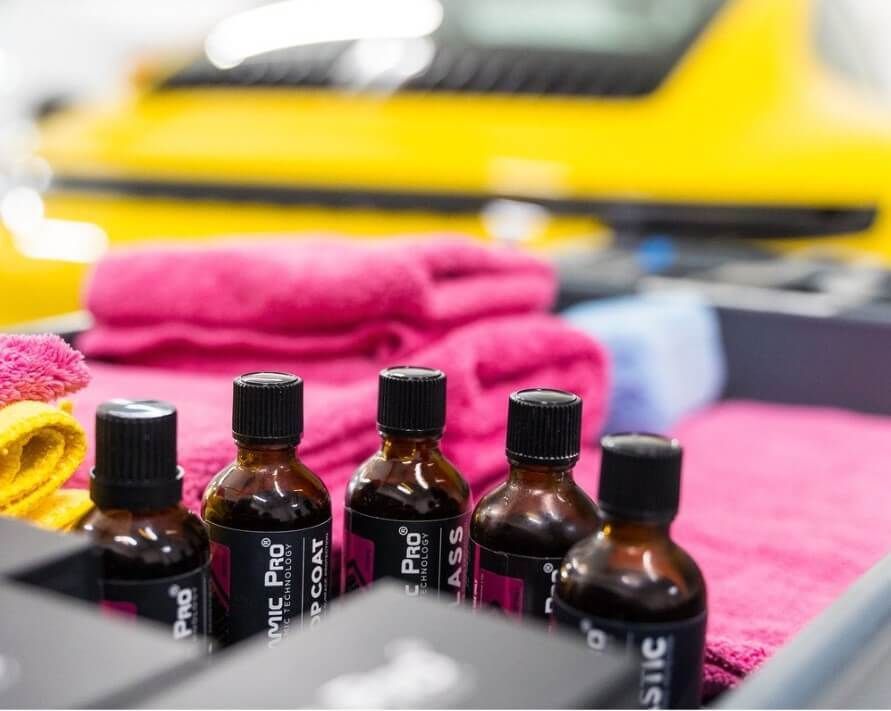Rust can be a car owner's worst nightmare. Just think about it: one moment your vehicle looks great, and the next, it’s plagued by unsightly brown patches that threaten its integrity. That's where ceramic coating comes into play as a promising solution. Many people wonder if this high-tech option can truly prevent rust or if it's just another shiny gimmick. If you’ve ever spent time and money searching for the right protection for your car’s exterior, you know how crucial it is to make an informed choice. In this article, we’ll dive into how ceramic coatings work, what benefits they bring, and whether they’re enough to keep rust at bay for good. So, buckle up as we explore the ins and outs of this popular protective treatment!
Ceramic coating can significantly reduce the risk of rust on vehicles by providing a protective barrier that repels water and contaminants; however, it is not a complete solution on its own. While it offers benefits like hydrophobicity and chemical resistance, users must also engage in regular maintenance, repair any paint damage promptly, and consider additional protective measures for optimal rust prevention.
What is Ceramic Coating?
Ceramic coating, often referred to as nano-ceramic or glass coating, is a cutting-edge liquid polymer specifically designed for application on the exterior surfaces of vehicles. When this formulation is applied, it chemically bonds at the molecular level with the factory paint, effectively forming a protective layer that is both durable and transparent. This unique bond means that the coating becomes an integral part of the car's surface rather than merely resting atop it, distinguishing it from traditional waxes or sealants.
The process of applying ceramic coating results in a thin but resilient layer that shields against environmental contaminants. Once cured, this polymer transforms into a solid shell, imparting remarkable hydrophobic properties—meaning water simply slides off. This characteristic dramatically reduces moisture retention on the car's surface, addressing one of the primary culprits behind rust formation. Unlike wax or other temporary coatings, which might need frequent reapplication, ceramic coatings can last for several years with proper care.
Imagine the way raindrops bead and roll off a freshly waxed surface; now envision that effect extended over years instead of weeks. That’s what ceramic coatings provide!
Beyond just repelling water, ceramic coatings also offer chemical resistance against acidic contaminants like bird droppings, tree sap, and road grime, which can be damaging to car paint if not promptly removed. Additionally, UV protection plays a crucial role—preventing sunlight from degrading the paint. Over time, exposure to UV rays can cause fading and oxidation; thus, having this added layer can keep your car looking vibrant and youthful.
While ceramic coating offers impressive benefits, its effectiveness hinges upon correct application and maintenance.
Key Properties of Ceramic Coatings
- Hydrophobicity: The ability to repel water helps minimize rust-inducing moisture accumulation.
- Chemical Resistance: Provides vital protection against harmful substances that can erode paint and metal.
- UV Protection: Shields the vehicle's paint from sun damage.
- Scratch Resistance: While it won’t protect against heavy impacts, it does offer additional defense against everyday wear and tear.
It's important to note that while ceramic coatings provide substantial advantages, they do have their limitations. For instance, they cannot fully guard against major impacts that may threaten the integrity of the underlying metal or paint layer. Moreover, improper application can lead to uneven surfaces where some areas may remain vulnerable to elements—including rust.
Understanding these aspects allows vehicle owners to appreciate the true value ceramic coatings bring—not as an isolated solution but as part of a comprehensive maintenance strategy for their vehicles' longevity. Exploring how these coatings are applied will reveal further insights into their practical advantages.
Rust Prevention Mechanism
At the heart of rust prevention, a ceramic coating’s function hinges on its remarkable hydrophobic properties. Imagine being caught in a downpour while wearing a waterproof jacket; that’s similar to what your vehicle experiences with ceramic coating. The liquid polymers in the coating repel water, causing it to bead up and roll off rather than soaking into the surface. This action is vital because moisture plays a principal role as a catalyst for rust formation.
In simpler terms, when water doesn’t linger on the metal surface of your car but instead washes away easily, the chances of rust significantly diminish.
Additionally, this hydrophobic effect does more than just stave off water. It makes it harder for contaminants—like road salt, mud, or grime—to adhere to the surface. Much like an oily frying pan that food just slides off from, your vehicle remains cleaner for longer durations. These elements can trap moisture against the metal, creating the perfect conditions for corrosion to thrive.
However, you might wonder if this means your vehicle will never develop rust again.
Does it completely prevent rust?
No, it doesn't offer absolute protection; however, it significantly reduces the risk associated with rust formation. The ceramic coating forms a robust barrier that blocks the interaction between water, oxygen, and metal—the three primary elements required for rust to develop. By preventing direct exposure to these factors, you can significantly reduce the likelihood of rust developing.
To illustrate this point further, let’s consider a practical example: imagine two identical cars parked side by side during winter. One has been treated with ceramic coating while the other remains uncoated. After months of exposure to snow and slush, you would find that the coated vehicle emerges relatively intact—its paint unharmed and surfaces cleaner—while the uncoated one bears visible signs of rust creeping along its edges due to moisture accumulation.
As we continue exploring the many benefits of ceramic coatings, it becomes increasingly clear how they not only enhance aesthetics but also play a pivotal role in protecting your investment.
Furthermore, advancements in technology aim to take these protective capabilities even further. With increasing focus on ensuring longevity and effectiveness through formulations that resist wear and tear over time, ceramic coatings are set to evolve into even more formidable shields against rust and other potential hazards. Investing in a ceramic coating thus becomes not just a smart choice for present protection but also a long-term commitment to preserving your vehicle's health and appearance.
This understanding naturally leads us to examine how these coatings specifically benefit different surfaces of your vehicle.
Benefits for Vehicle Surfaces
One of the most remarkable attributes of ceramic coatings is their UV protection. Over time, UV rays can wreak havoc on your vehicle's paint, leading to oxidation and fading. Imagine driving down a sun-drenched road with your vibrant paint job shining brightly—that’s the kind of aesthetic you're going for, right?
Ceramic coatings create a protective barrier that acts like sunscreen for your car. This shield preserves the paint's vibrancy and keeps those colors looking fresh and lively for longer periods. It’s far more than just a cosmetic enhancement; it elevates your vehicle's resale value by keeping it in prime condition.
As we explore the benefits further, let's examine another critical aspect involving chemical resistance.
Chemical Stains and Etching
The environmental threats to your vehicle don’t stop at UV rays, however. Heavy hitters such as bird droppings, tree sap, and road salt can cause serious damage through staining and etching if left unaddressed. Do you know that sinking feeling when you discover a stubborn spot on your car?
Fortunately, ceramic coatings provide exceptional resistance against these types of harsh chemicals. They form an invisible shield that helps prevent them from adhering to or damaging the paint.
Think of it this way: applying a ceramic coating is like putting on an armor layer for your vehicle. Even though it's not completely bulletproof, it drastically reduces the risk of long-lasting damages.
Research shows that untreated vehicles are often exposed to potential corrosive agents without any defense, while those with quality ceramic coatings typically show less wear and tear over time.
However, it’s important to note that while ceramic coatings provide robust defenses against these chemical aggressors, they are not entirely impervious. Regular maintenance—like timely washing—is still essential to ensure that these harmful substances don't linger too long on the surface, which could lead to staining over time.
With the understanding of UV protection and chemical resilience established, we now turn our attention to another noteworthy feature of ceramic coatings: their hydrophobic properties.
In striving to keep your vehicle safe from rust, combining several preventative strategies will yield the best results. For professional assistance or inquiries about ceramic coatings, don’t hesitate to reach out at
Lucent Autowork. Call us at (253) 533-6776 or visit our website today!

